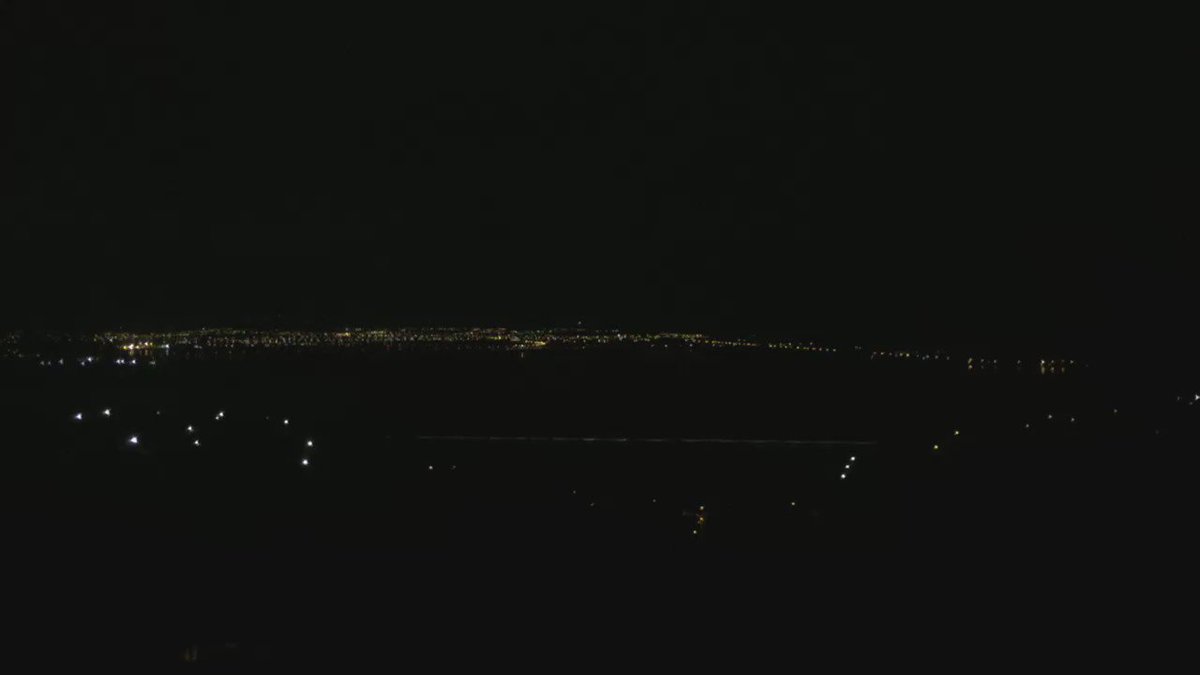
A powerful earthquake rocked New Zealand on Sunday,
causing property damage and generating a tsunami that forced residents
in low-lying areas to seek higher ground.
The earthquake measuring 7.9 hit the east coast of New Zealand’s
South Island just before midnight there on Sunday, triggering multiple
aftershocks and at least three tsunami waves, with seawater levels
rising about six feet.
New
Zealand’s civil defense and emergency management issued a warning for
people living close to the coast to move inland, to higher ground.
The
earthquake struck about 50 miles north of the town of Christchurch.
Elliot Fim, a regional official, said in a telephone interview that
there were no reports of damage, injuries or fatalities there. The fire
department was dealing with a large number of emergency calls seeking
assistance.
Report says people living along about 200 miles of coastline, from the small
township of Kiakora and southward, had been evacuated. Some roadways and
a building were reported damaged, but people had been able to move to
high ground. A spokesman for the Wellington Region Emergency Management
office said there were reports of minor damage in the city of
Wellington.
Dan
Jaksa, a duty officer from Geoscience Australia, said that if the small
townships to the north of Christchurch did not have
earthquake-resistant buildings, “it is going to be tough.”
In 2011 Christchurch was also struck by an earthquake measuring 6.3 that devastated the town and killed 185 people. A further 164 people were seriously injured.
In
Cheviot, a small town thought to be close to the epicenter, there were
no reports of casualties. “There have been no deaths,” Grant Burnett,
the chief of the Cheviot volunteer fire brigade, said in a telephone
interview. “There is minimal damage to buildings that we can see. It is
surprising, because it was a big quake,” he said.

Mr.
Burnett said that some properties along the coast had been evacuated,
but none were seriously damaged by the surge in seawater, which was over
six feet in some places. The fire brigade had gone door to door to
check on residents, especially the elderly, he said. “We are just a wee
town. Everyone was O.K. We will be checking again in the daylight.”
Mr.
Jaksa said the earthquake ruptured from west to east, with shocks
moving toward the capital, Wellington, which is on the south coast of
New Zealand’s North Island. “Let’s hope this is it, and there’s no
more,” he said.
“Every
time you go up one magnitude, say from 6.3 to 7.3, it is 32 times
larger in terms of the energy released,” Mr. Jaksa said. This earthquake
was about 40 to 50 times bigger than the one in Christchurch in 2011,
he said.
After
the initial 7.9 shock, there was an aftershock measuring 6.1, and then
several more shocks, with three of those measuring in the high fives, he
said. The earthquake occurred in the Hikurangi Trench, a subduction
zone where one tectonic plate slides under another.
New
Zealand’s North Island and the northern part of New Zealand’s South
Island are on the Pacific plate, which is moving west, while the
Australian plate is largely moving north. “This is the zone where the
Pacific plate goes underneath the Australian plate,” Mr. Jaksa said,
adding that the shift had caused a change in the seafloor that resulted
in tsunami waves.
Source: New York Times


No comments:
Post a Comment